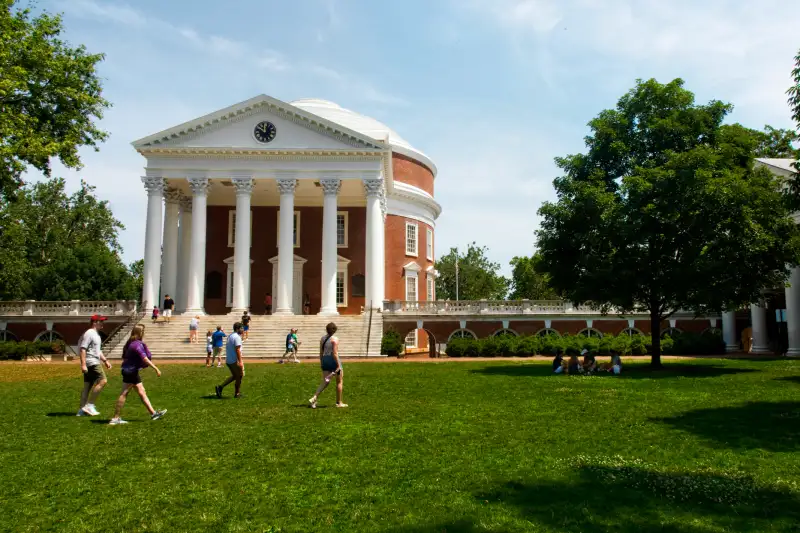The Actual Cost of College Is Finally Getting Cheaper

College prices crept up yet again this year, but at a rate so slow that the real price students actually pay is forecast to shrink.
For the 2021-22 academic year, the average published (or sticker) price increased modestly — between 1% and 2%, depending on the type of institution, according to an annual report on college prices out today from the College Board.
Once the authors of the report adjusted prices for inflation, the average published tuition and fees for this year actually declined across all sectors of higher education.
Average published prices were helped by tuition freezes in several states last year that kept public college fees flat, as well as the fact that many individual colleges were hesitant to implement large price hikes during the pandemic.
The high rate of inflation this year also plays a role in making colleges' price increases look comparatively small, says Jennifer Ma, senior policy research scientist at College Board and a co-author of the report. (The authors use the annual changes in the Consumer Price Index to adjust prior years' college prices upward for inflation, and recently the cost of other goods and services has risen more sharply than college costs.)
But there are other trends at play as well. The year-over-year increases in published prices this year are "historically low" according to the report. In fact, the increases at four-year colleges were the second smallest in 30 years, and they follow small average increases over the past few years. Grant aid from colleges, meanwhile, has continued to climb, increasing by 56% in the past decade.
The result is that average net prices — the prices students pay after subtracting scholarships and grants — appear to be falling, or at the very least, remaining steady.
In fact, the average net tuition and fees paid by in-state students at public four-year colleges is on track to be at the lowest point in 16 years, when adjusted for inflation, according to the report. For 2021-2022, it’s estimated to be $2,640 this year, down from an inflation-adjusted high of $3,720 in 2012-13.
The same is true at two-year public colleges and at four-year private, nonprofit colleges, where net tuition and fees are estimated to be $14,990 this year.
The average net cost of attendance, which factors in tuition, fees, room and board, and other expenses like books and transportation, is also forecast to fall across all three sectors.
Those estimated net prices are based on 2021-22 tuition rates, but they rely on financial-aid figures from prior years, and they'll be revised after financial aid data are available for the current academic year.
Decreasing college prices might sound surprising, given that the notion of high college prices still looms large in most conversations about the value of a college degree.
Yet if the trends forecast in this year's report hold, then it will mark at least the fifth year that, after adjusting for inflation, the net tuition and fees paid at four-year colleges either shrank slightly or held flat, according to the report.
More from Money:
FAFSA Tips: These 7 Moves Could Help You Score More Financial Aid
